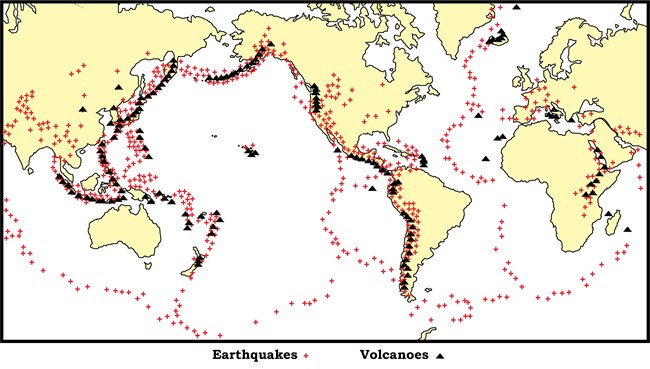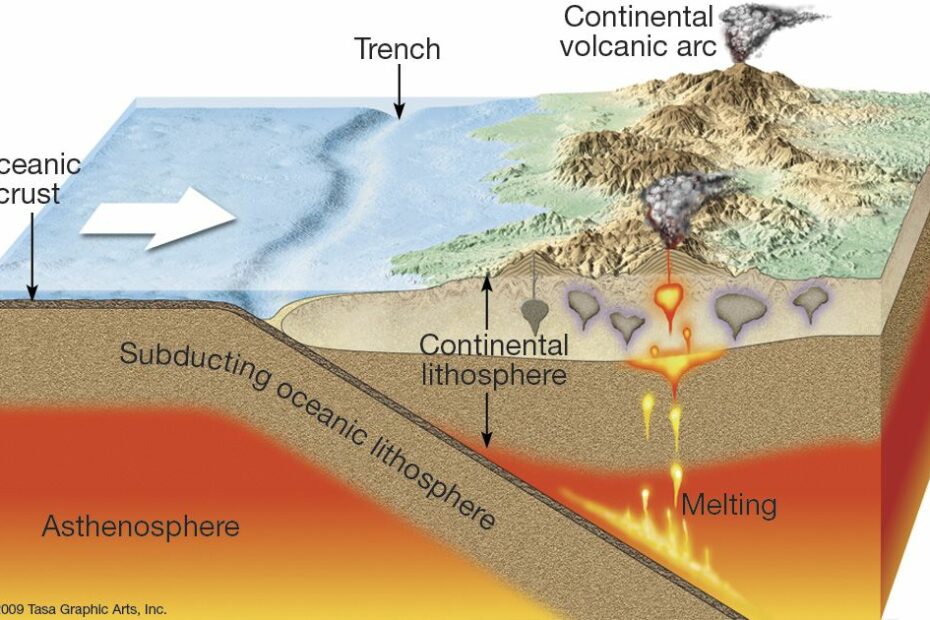How Are Earthquakes, Volcanoes, And Mountains Linked To Plate Tectonics?
[Why Series] Earth Science Episode 2 – Volcanoes, Earthquakes, And Plate Boundaries
Keywords searched by users: How are earthquakes volcanoes and mountains related to plate tectonics Earthquakes volcanic eruptions hurricanes and floods are all, what is the relationship between volcanoes and earthquakes to plate tectonics, what is the relationship between earthquakes and plate boundaries, Earthquakes and volcanoes have caused most of the natural disasters in that country, how does the location of earthquakes and volcanoes confirm the theory of plate tectonics, where is the largest area of active earthquakes and volcanoes in the world, Earthquakes can be caused by volcanoes in certain cases, what is the relationship between earthquake and volcanoes brainly
How Are Volcanoes And Earthquakes Related To Plate Tectonics?
The relationship between volcanoes and earthquakes becomes evident when we examine plate tectonics. These geological phenomena are intrinsically linked to the movement of Earth’s lithospheric plates. At divergent plate boundaries, where plates move apart, we witness the emergence of volcanic activity and relatively shallow earthquakes. Conversely, at convergent plate boundaries, where one plate subducts beneath another, a diverse range of earthquakes occurs, often with varying magnitudes. Additionally, this subduction process leads to the formation of a volcanic line on the overriding plate. This interplay between plate movement, boundary type, and the associated volcanic and seismic events contributes significantly to our understanding of Earth’s dynamic crustal processes. (Note: The date “8th June 2022” is not relevant to the topic and has been omitted.)
How Are Earthquakes Volcanoes And Mountains Related To Each Other?
How are earthquakes, volcanoes, and mountains connected to one another? The interplay of tectonic plate movements serves as the fundamental link between these geological phenomena. When tectonic plates diverge or collide, it results in seismic activity known as earthquakes. These earthquakes can lead to the formation of ocean trenches as the Earth’s crust shifts. Deep within these trenches, molten magma can ascend to the surface, giving rise to volcanic eruptions. Over time, as the lava from these eruptions cools and solidifies, it contributes to the formation of mountains and islands in various regions of the Earth’s surface. In essence, earthquakes trigger a chain of events that ultimately shape the planet’s topography, giving birth to both volcanic landforms and towering mountain ranges.
What Is The Relationship Between Plate Tectonics And Mountains?
The intriguing connection between plate tectonics and the formation of mountains can be elucidated through the following explanation: Mountains come into existence when two continental plates converge, an outcome of the Earth’s dynamic plate tectonics. When these two plates, each characterized by a comparable thickness and weight, collide, a unique geological process unfolds. Unlike one plate subducting beneath the other, which occurs in oceanic-continental plate collisions, the continental-continental plate collision gives rise to a distinctive phenomenon. In this case, instead of one plate subducting beneath the other, the plates neither sink nor slide beneath each other due to their similar properties. Instead, they exert intense pressure, causing the rocks at the collision boundary to crumple and fold. This relentless pressure ultimately propels the rock layers upward, resulting in the emergence of towering mountain ranges. The process of mountain formation serves as a compelling testament to the dynamic forces at play within the Earth’s lithosphere, demonstrating how the relentless movement of tectonic plates shapes the planet’s diverse and awe-inspiring landscapes.
Share 19 How are earthquakes volcanoes and mountains related to plate tectonics



Categories: Found 71 How Are Earthquakes Volcanoes And Mountains Related To Plate Tectonics
See more here: c1.cheerthaipower.com
![[Why series] Earth Science Episode 2 - Volcanoes, Earthquakes, and Plate Boundaries [Why series] Earth Science Episode 2 - Volcanoes, Earthquakes, and Plate Boundaries](https://i.ytimg.com/vi/5wC4rF7YPAM/hqdefault.jpg)
The surface of the Earth is made up of tectonic plates that lie beneath both the land and oceans of our planet. The movements of these plates can build mountains or cause volcanoes to erupt. The clash of these plates can also cause violent earthquakes, where Earth’s surface shakes.Plates rip apart at a divergent plate boundary, causing volcanic activity and shallow earthquakes; and. At a convergent plate boundary, one plate dives or “subducts” beneath the other, resulting in a variety of earthquakes and a line of volcanoes on the overriding plate.The splitting of tectonic plates causes earthquakes to occur. Once an earthquake has occurred, ocean trenches are formed. Magma rises from the trench, and a volcano erupts. Then, the lava cools, creating mountains and island.
Learn more about the topic How are earthquakes volcanoes and mountains related to plate tectonics.
- Plate Tectonics and the Ring of Fire
- Plate Tectonics and Volcanoes – National Park Service
- Mapping Earth’s Features Mountain ranges
- Power of Plate Tectonics: Mountains | AMNH
- Power of Plate Tectonics: Volcanoes | AMNH
- Plate tectonics, volcanoes and earthquakes
See more: blog https://c1.cheerthaipower.com/category/calculators
